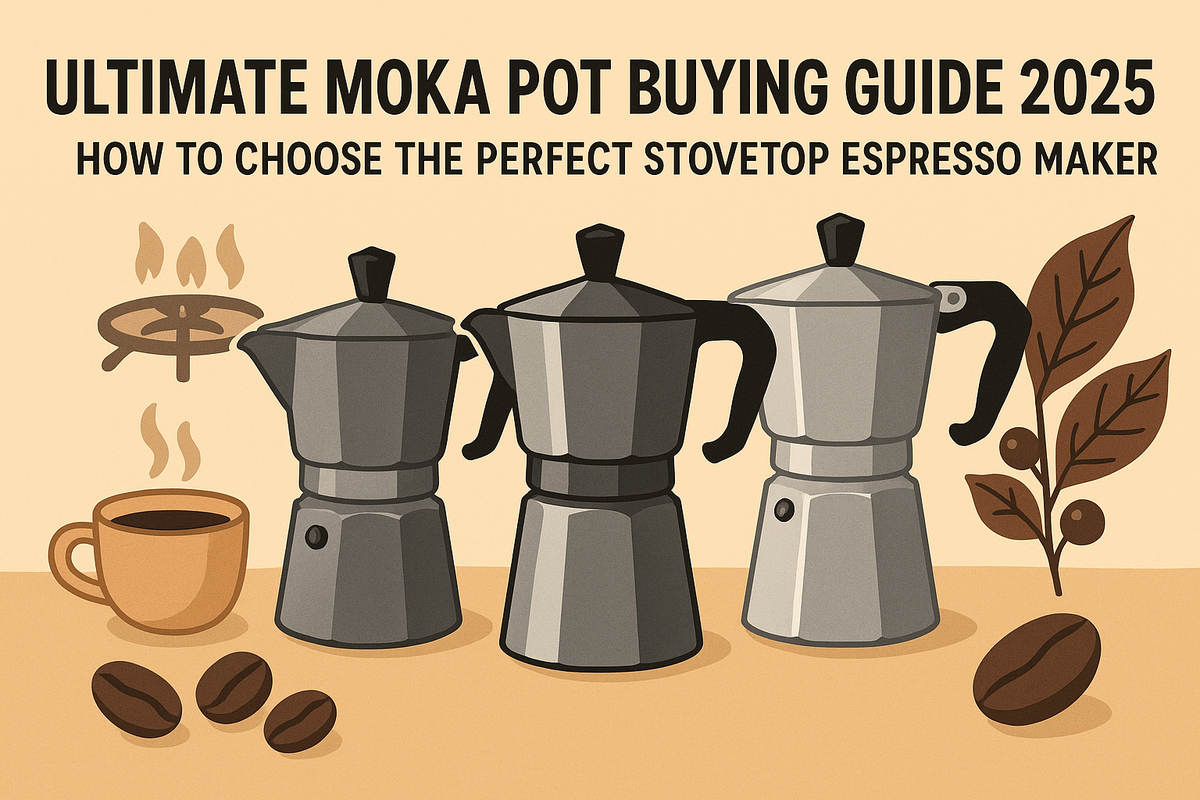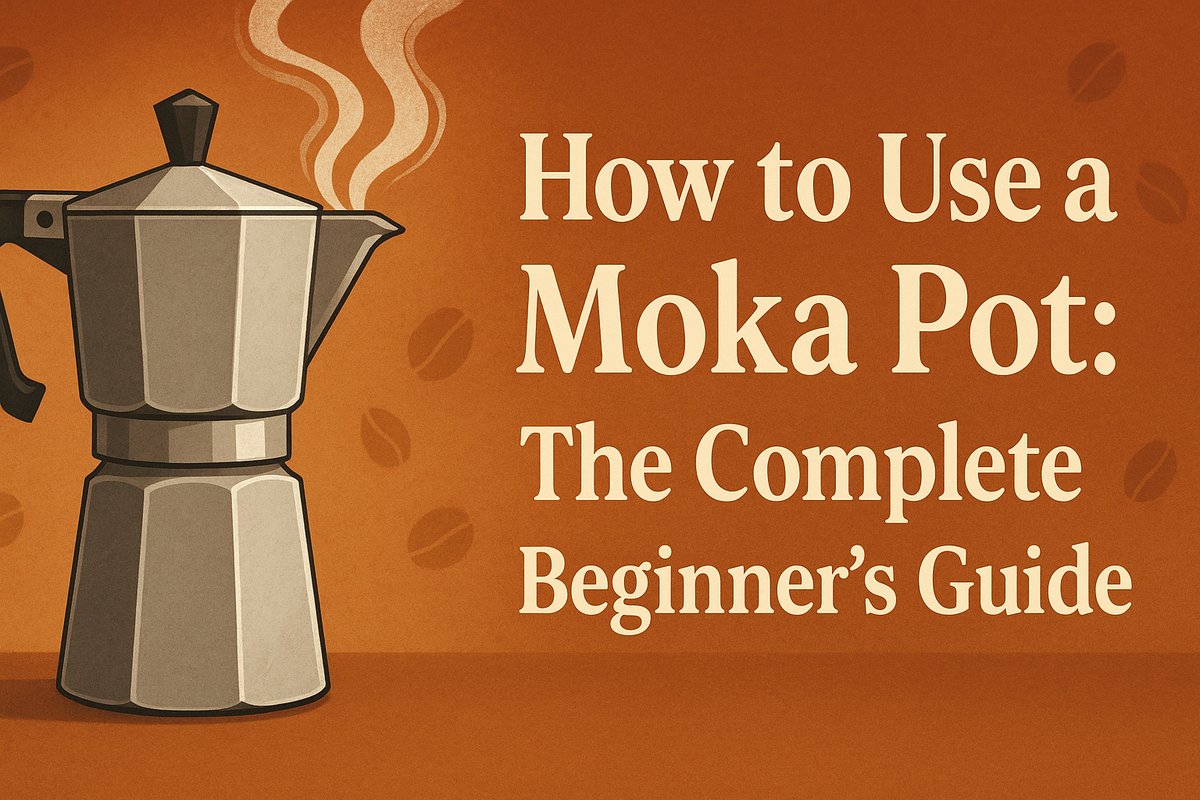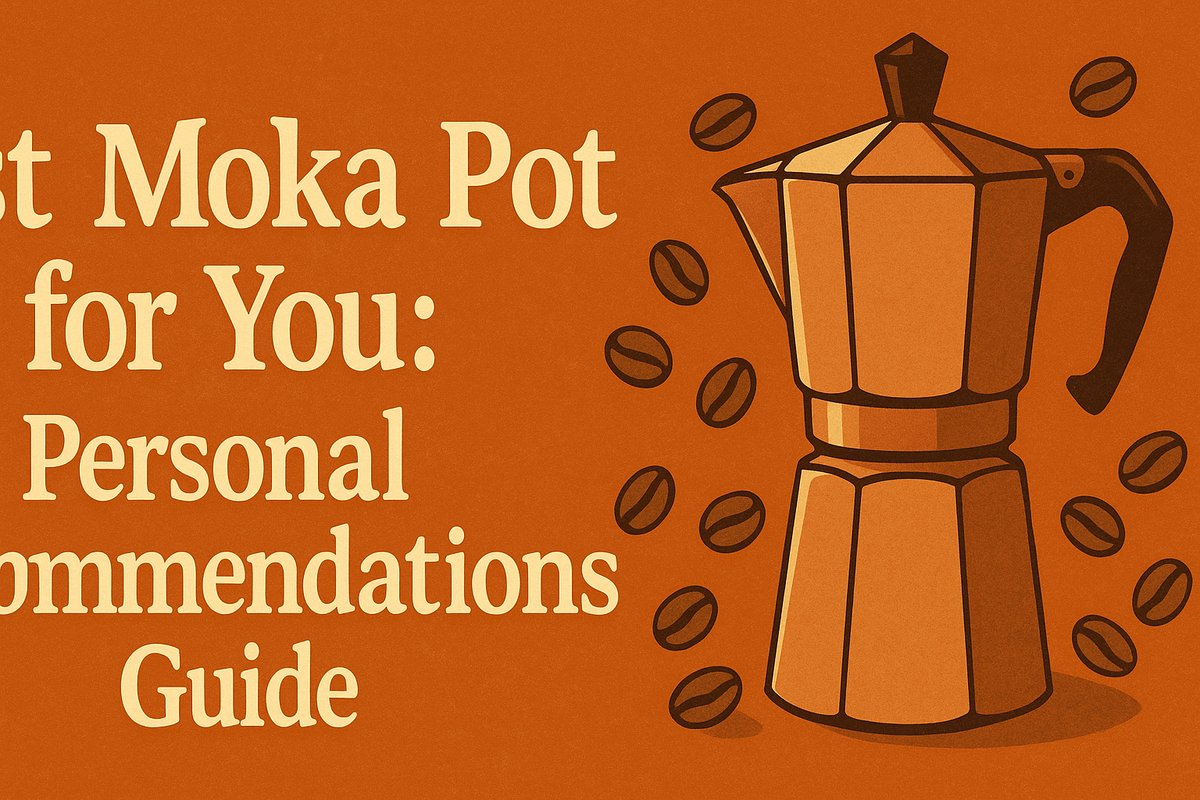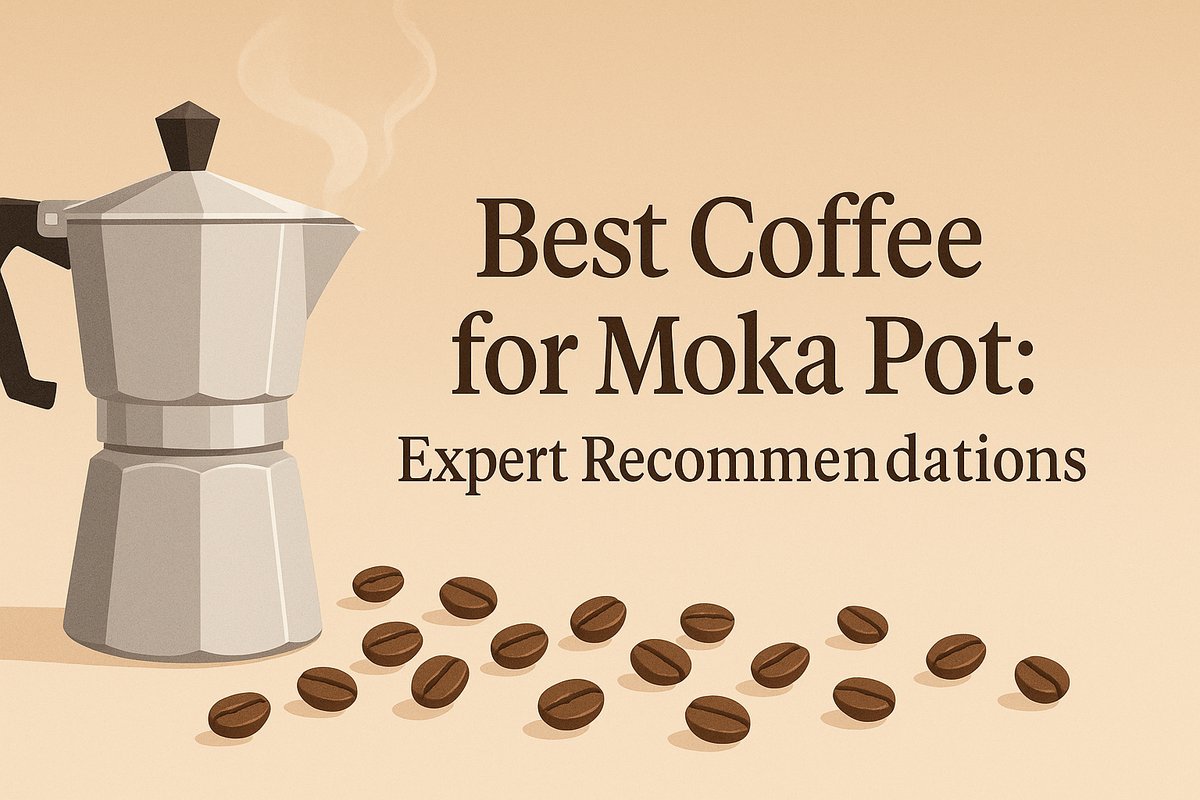Table of Contents
- 1. Why Choose a Moka Pot?
- 2. How Does a Moka Pot Work?
- 3. Key Factors to Consider
- 4. Size Guide: Choosing the Right Capacity
- 5. Material Comparison: Aluminum vs Stainless Steel
- 6. Important Features to Look For
- 7. Budget Guide: What to Expect
- 8. Our Top Picks for 2025
- 9. Maintenance Considerations
- 10. Common Buying Mistakes to Avoid
Choosing the right moka pot can transform your morning coffee routine from ordinary to extraordinary. With over 90 years of history since Alfonso Bialetti's original design, the moka pot remains one of the most beloved coffee makers worldwide. But with hundreds of options available in 2025, how do you choose the perfect one for your needs?
This comprehensive buying guide will walk you through everything you need to know before purchasing a moka pot. Whether you're a complete beginner or looking to upgrade your current model, we'll help you make an informed decision that matches your brewing style, budget, and lifestyle.
1. Why Choose a Moka Pot?
Before diving into the buying guide, let's understand why millions of coffee lovers worldwide choose moka pots over other brewing methods:
Cost-Effective
One-time investment with no ongoing costs for filters or pods. Most moka pots last 10+ years with proper care.
Quick Brewing
Brews rich, concentrated coffee in just 5-10 minutes. Perfect for busy mornings.
Eco-Friendly
No electricity required (for stovetop models), no disposable filters, and minimal waste.
Authentic Taste
Produces strong, espresso-like coffee with a unique flavor profile that's hard to replicate.
2. How Does a Moka Pot Work?
Understanding the basic mechanics helps you appreciate what to look for in a quality moka pot:
- Water Chamber: Fill with hot water just below the safety valve
- Filter Basket: Add medium-fine ground coffee (not tamped)
- Upper Chamber: Collects the brewed coffee
- Pressure System: Steam pressure pushes water through coffee grounds
Pro Tip: The quality of these components directly affects your coffee's taste and the pot's longevity. Look for precision-engineered parts and quality materials.
3. Key Factors to Consider When Buying
Size/Capacity
The most important decision. Moka pot sizes are measured in "cups" (not standard 8oz cups).
Material
Aluminum vs. stainless steel - each has distinct advantages for different users.
Heat Source Compatibility
Not all moka pots work on induction stoves. Check compatibility before buying.
Build Quality
Look for thick walls, quality gaskets, and precision threading.
Brand Reputation
Established brands often provide better quality control and replacement parts.
4. Size Guide: Choosing the Right Capacity
Moka pot sizes can be confusing. A "cup" in moka pot terms equals about 2oz (60ml) of concentrated coffee, not a standard 8oz mug. Here's our detailed size guide:
| Size | Output | Servings | Best For |
|---|---|---|---|
| 1-Cup | 60ml / 2oz | 1 espresso shot | Single person, espresso lovers |
| 3-Cup | 180ml / 6oz | 1-2 servings | Most popular for individuals |
| 6-Cup | 360ml / 12oz | 2-3 servings | Couples or small households |
| 9-Cup | 540ml / 18oz | 3-4 servings | Families or entertaining |
| 12-Cup | 720ml / 24oz | 4-6 servings | Large gatherings |
Important: You cannot make less coffee than the pot's rated capacity. A 6-cup moka pot must be filled to make 6 cups - you can't make just 3 cups in it.
5. Material Comparison: Aluminum vs Stainless Steel
Aluminum Moka Pots
- Excellent heat conductivity
- Lightweight and easy to handle
- Traditional choice (original Bialetti)
- More affordable
- Heats up quickly
- Not induction compatible
- Can oxidize over time
- May impart metallic taste initially
- Not dishwasher safe
Stainless Steel Moka Pots
- Induction compatible
- More durable and long-lasting
- No metallic taste
- Dishwasher safe (top rack)
- Modern, sleek appearance
- More expensive
- Heavier to handle
- Takes longer to heat up
- Handle can get hot
6. Important Features to Look For
Safety Valve
Essential safety feature that releases excess pressure. Never buy a moka pot without one.
Heat-Resistant Handle
Look for ergonomic, heat-resistant handles that stay cool during brewing.
Quality Gasket
Silicone gaskets last longer than rubber. Check if replacements are readily available.
Wide Base
Ensures stability on stovetop and better heat distribution.
7. Budget Guide: What to Expect at Each Price Point
$15-30: Entry Level
Basic aluminum models, often generic brands. Good for beginners testing the waters.
What you get: Basic functionality, standard sizes, limited warranty
$30-60: Sweet Spot
Quality aluminum and entry-level stainless steel. Best value for most users.
What you get: Brand reliability, better materials, good warranties
$60-100: Premium
High-end stainless steel, designer models, advanced features.
What you get: Superior build quality, unique designs, lifetime durability
$100+: Luxury
Designer pieces, limited editions, professional-grade equipment.
What you get: Artistic designs, collector's items, ultimate performance
8. Our Top Picks for 2025
Based on extensive testing and user feedback, here are our top recommendations across different categories:
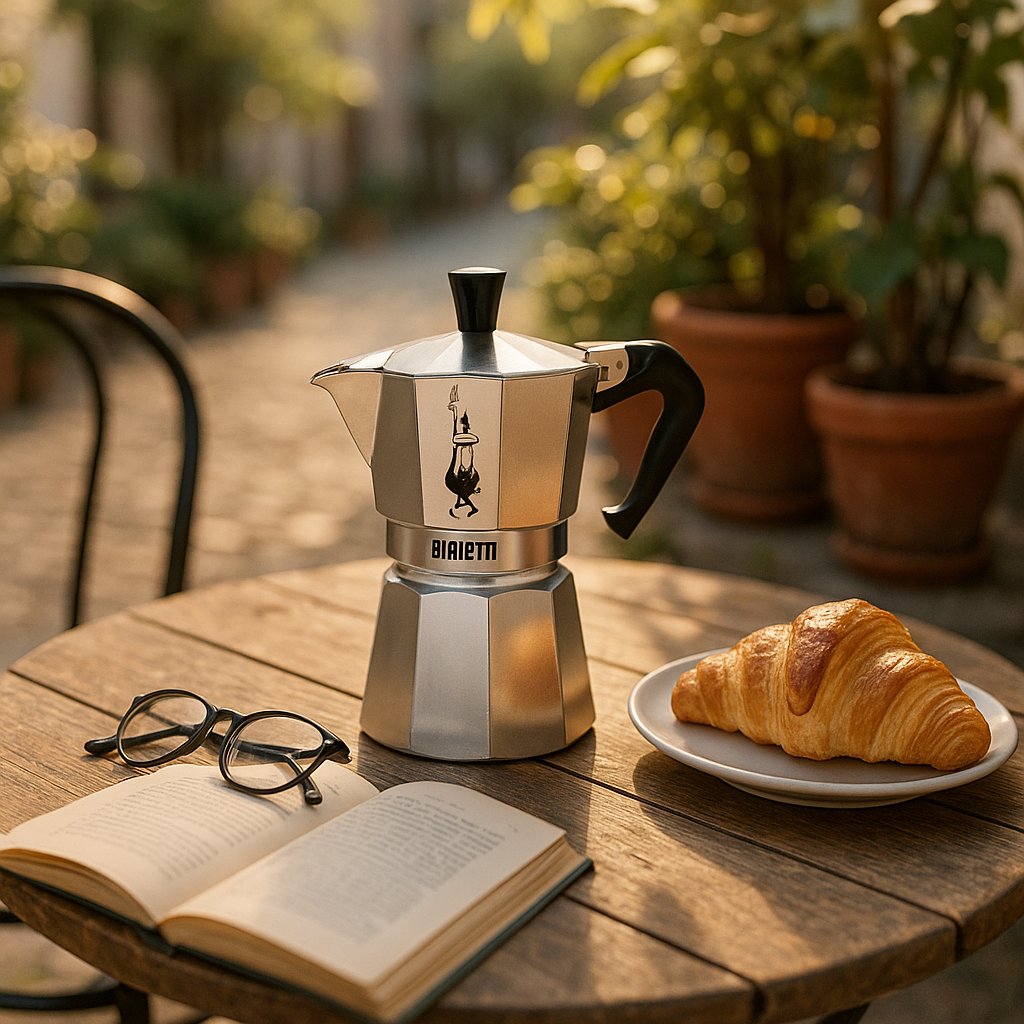
Bialetti Moka Express
The original and still the best for most users. The Bialetti Moka Express combines authentic Italian craftsmanship with reliable performance. Available in all sizes from 1 to 12 cups.
- Iconic octagonal design
- Excellent heat distribution
- Replacement parts readily available
- Not induction compatible
- Aluminum construction only
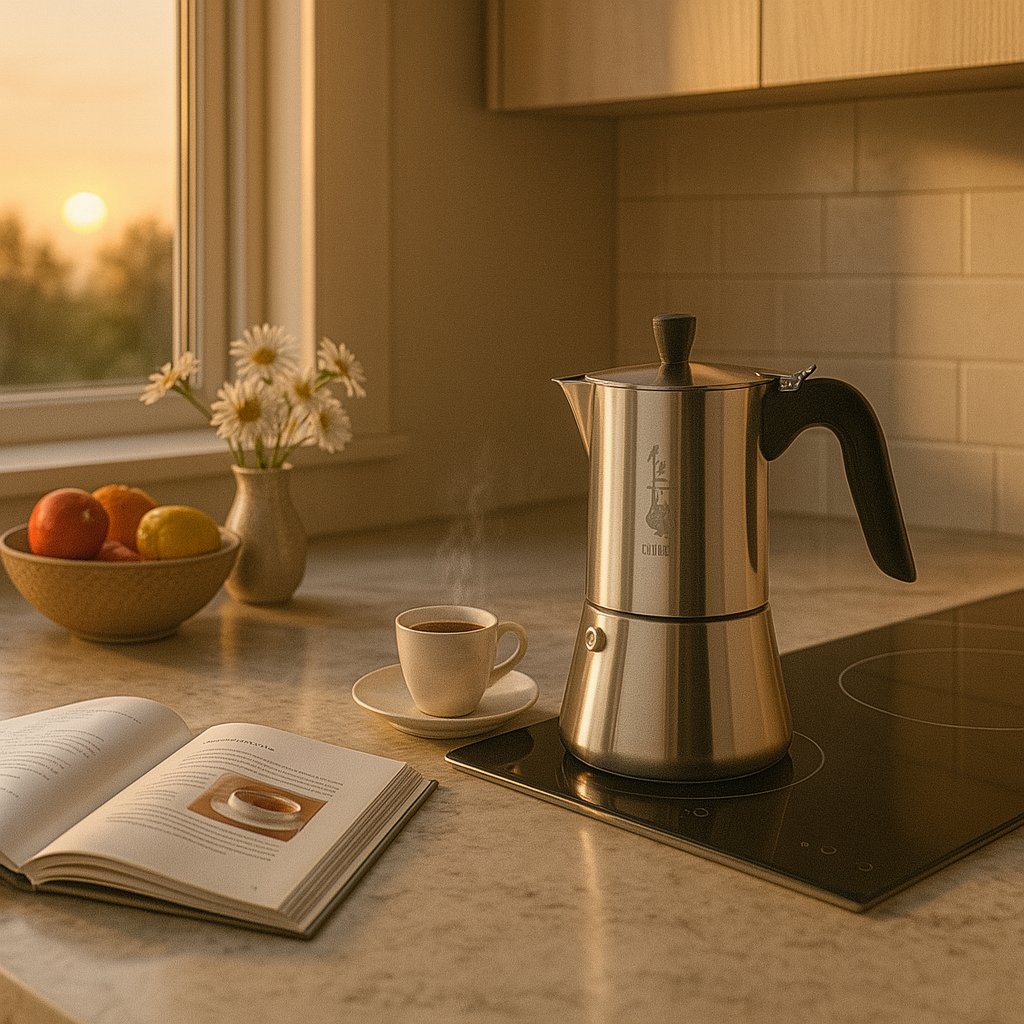
Bialetti Venus
Premium stainless steel construction with elegant design. Works on all stovetops including induction. Heat-resistant handle and excellent build quality.
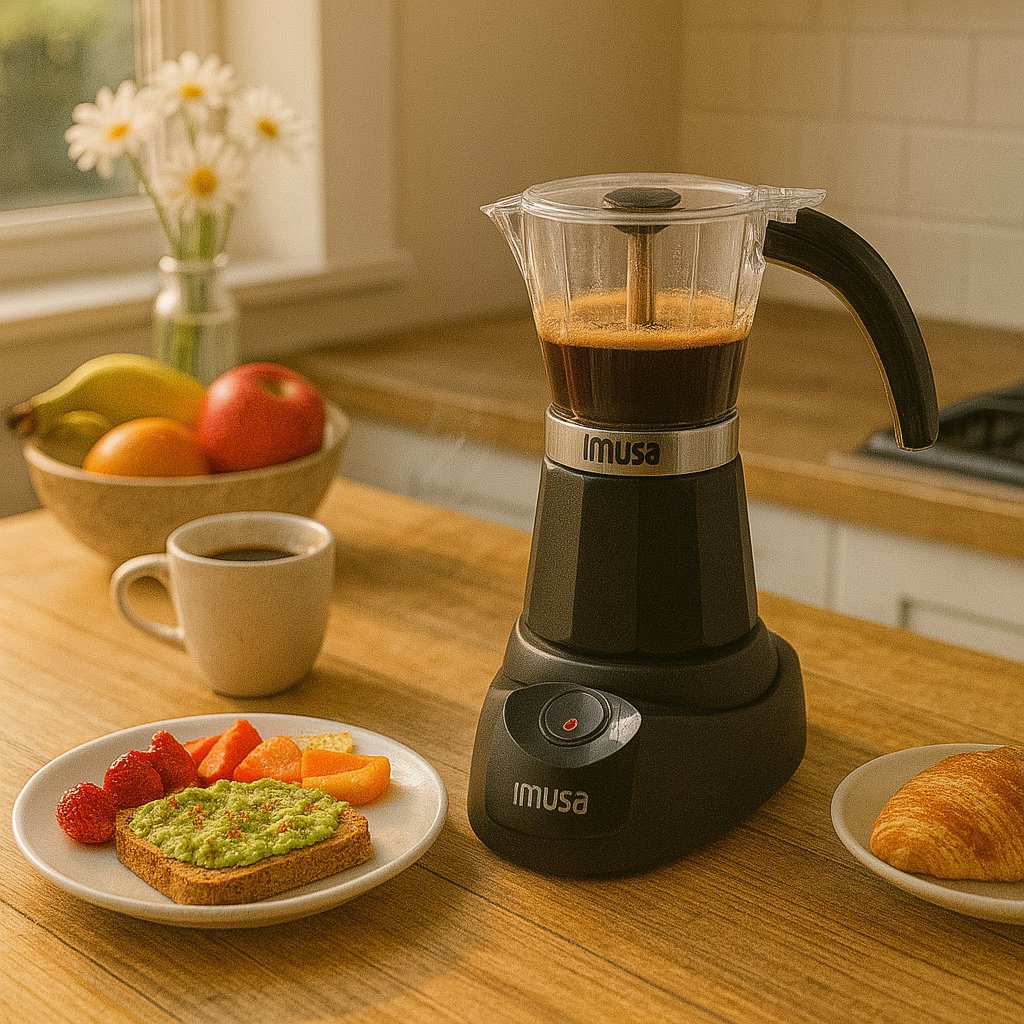
Primula Classic Stovetop Espresso Maker
Affordable aluminum construction that doesn't compromise on quality. Great for beginners or as a backup pot. Available in multiple sizes.
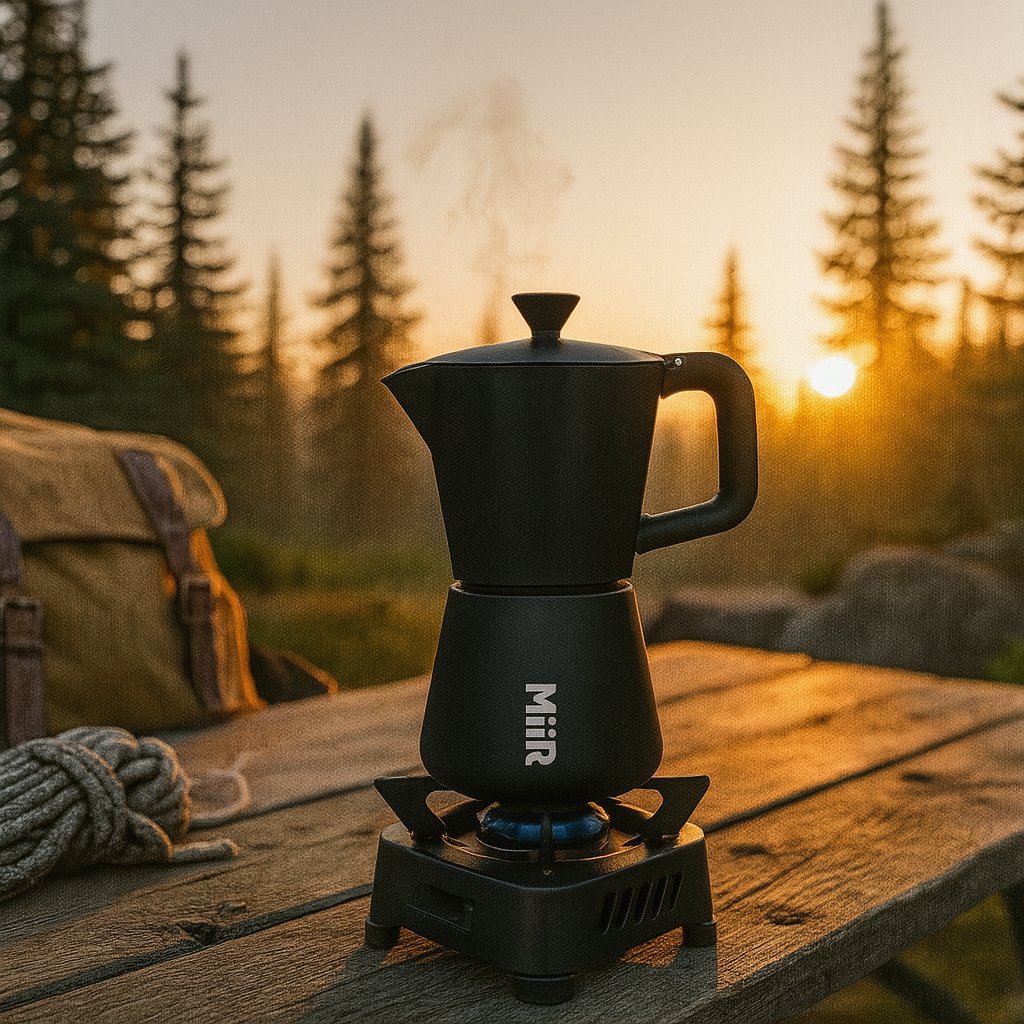
Alessi 9090
Award-winning design by Richard Sapper. Museum-quality piece that's also a superb coffee maker. Magnetic base works on induction.
9. Maintenance Considerations Before Buying
Different moka pots require different levels of maintenance. Consider these factors:
Aluminum Pots
- Hand wash only - no dishwasher
- Dry immediately to prevent oxidation
- Season before first use
- Replace gasket every 1-2 years
Stainless Steel Pots
- Dishwasher safe (top rack)
- More resistant to damage
- No seasoning required
- Gaskets last longer (2-3 years)
10. Common Buying Mistakes to Avoid
❌ Buying the Wrong Size
Remember: you can't make less coffee than the pot's capacity. Buy the size you'll actually use daily.
❌ Ignoring Heat Source Compatibility
Aluminum pots don't work on induction. Check your stovetop type before purchasing.
❌ Choosing Style Over Function
Pretty designs are nice, but prioritize quality construction and proper materials.
❌ Buying Without Checking Reviews
Always read user reviews to understand real-world performance and potential issues.
Final Thoughts: Making Your Decision
Choosing the right moka pot is a personal decision that depends on your specific needs, preferences, and budget. The perfect moka pot for you is the one that:
- ✓ Matches your daily coffee consumption
- ✓ Works with your stovetop
- ✓ Fits your budget
- ✓ Aligns with your maintenance preferences
Whether you choose the classic Bialetti Moka Express or a modern stainless steel model, you're joining millions of coffee lovers who appreciate the ritual and flavor of stovetop espresso brewing.
Ready to Choose Your Moka Pot?
Explore our detailed reviews and comparisons to find your perfect match.

